Update Mars Part 1/4 - What is the status of the experiments on Mars?
We are now a year further. A lot has already happened there on Mars. An update is required, we will write at the end of December 2021.
The robot Perseverance.
We remind you that Perseverance is a rover mission from NASA to Mars. On February 18, 2021, this robot landed in the Jezero crater. Perseverance will investigate geological processes and possibly earlier life or investigate the possibility of doing so on Mars. Among other things, Perseverance has to collect soil samples on Mars and leave them in a strategic place. Around 2030, another rover is scheduled to pick up the sealed module (the size of a basketball) with soil samples and take it to a lander/takeoff module. This will bring the monsters to Earth. That Mars Sample Return mission is a collaboration between NASA and ESA, consider it a preliminary test to ever bring people from Mars back to Earth. The samples will provide insight into the history of Mars. Scientists will be able to test new theories as they have been doing for decades with the Apollo samples from the moon. The samples are pristine, in contrast to the Martian meteorites that ended up on Earth after a long wandering through the universe. When looking for signs of life from billions of years ago, one must use huge and highly sensitive instruments. That’s one of the reasons why the samples can’t be analyzed by the rover on Mars, the tools needed are just too big and too complex.
After extensive testing of the rover, the first sample recording could be started in July 2021, which went well and the first sealed tube was set aside.
At the end of December 2021, 7 successful steel recordings were already edged and therefore as many sealed tubes were set aside. NASA has announced that a total of up to 43 steel images can be made.
So far, one sample shot has not been (properly) successful. The intention is to collect a piece of rock the size of a piece of chalk. Apparently the steel was pulverized into stone grit during drilling and when storing it, that stone grit fell next to the collection tube and also partially stuck to the drill head. Not a big problem but the sample recording was not properly catalogued.
In addition to steel recordings, beautiful pictures were taken. Part of the Jezero crater has been accurately mapped in high resolution with 3D applications. Almost as well as we could do on earth. The images can be viewed on the NASA site.
The atmosphere is also understood. A refinement of the results that were collected remotely until then (in previous missions).
Furthermore, sound recordings have been made. You can hear the rustling of the wind on Mars on the NASA site, impressive.
The helicopter Ingenuity.
In addition to the rover, an experimental self-steering mars helicopter will also receive some assignments. This Ingenuity will take pictures of the landscape, consider this a bonus. Think of it as a demonstration of technique, there are no further research goals:
- The helicopter weighs 1.8 kg. The development and construction amounted to about 80 million dollars. For the construction, parts were used that were generally available on the market. The on-board computer uses a Linux operating system. On Ingenuity, a small piece of fabric has been applied from one of the wings of Flyer 1, the aircraft with which the Wright brothers made the first airplane flight ever.
- The problem on Mars is that the atmosphere is very thin, similar to the Earth’s atmosphere at 30 kilometers altitude. The rotors therefore rotate at a speed of 2500 revolutions per minute, which is five times as fast as a normal terrestrial helicopter.
- A flight would last up to 90 seconds over a distance of 300 meters at an altitude of 5 meters on average. That’s no small feat compared to the first 12-second flight of the Wright brothers’ plane.
- The site where the first flight took place was named Wright Brothers Field by NASA. The intention is that the helicopter will return to its home base each time.
- Between April 2021 and December 2021, there have already been 18 flights, the logbook can be consulted at NASA. All kinds of records were broken, which made the designers’ mouths water:
- An altitude record has been broken up to 12 meters.
- The longest flight only lasted 170 seconds.
- The greatest distance travelled in one flight was 625 metres.
- At the end of December, Ingenuity had flown for a total of half an hour. A distance of 3 592 metres was covered with a maximum height of 12 metres.
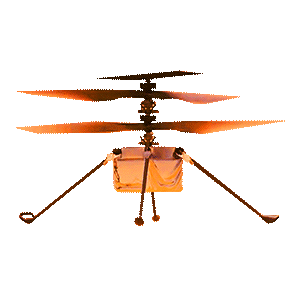
Animation on NASA website.
One speaks of a great success at NASA. The satisfaction is so great that it was decided to use Ingenuity as a scout for Perseverance. Ingenuity will map out driving routes and locate study objects where Perseverance can then drive to.
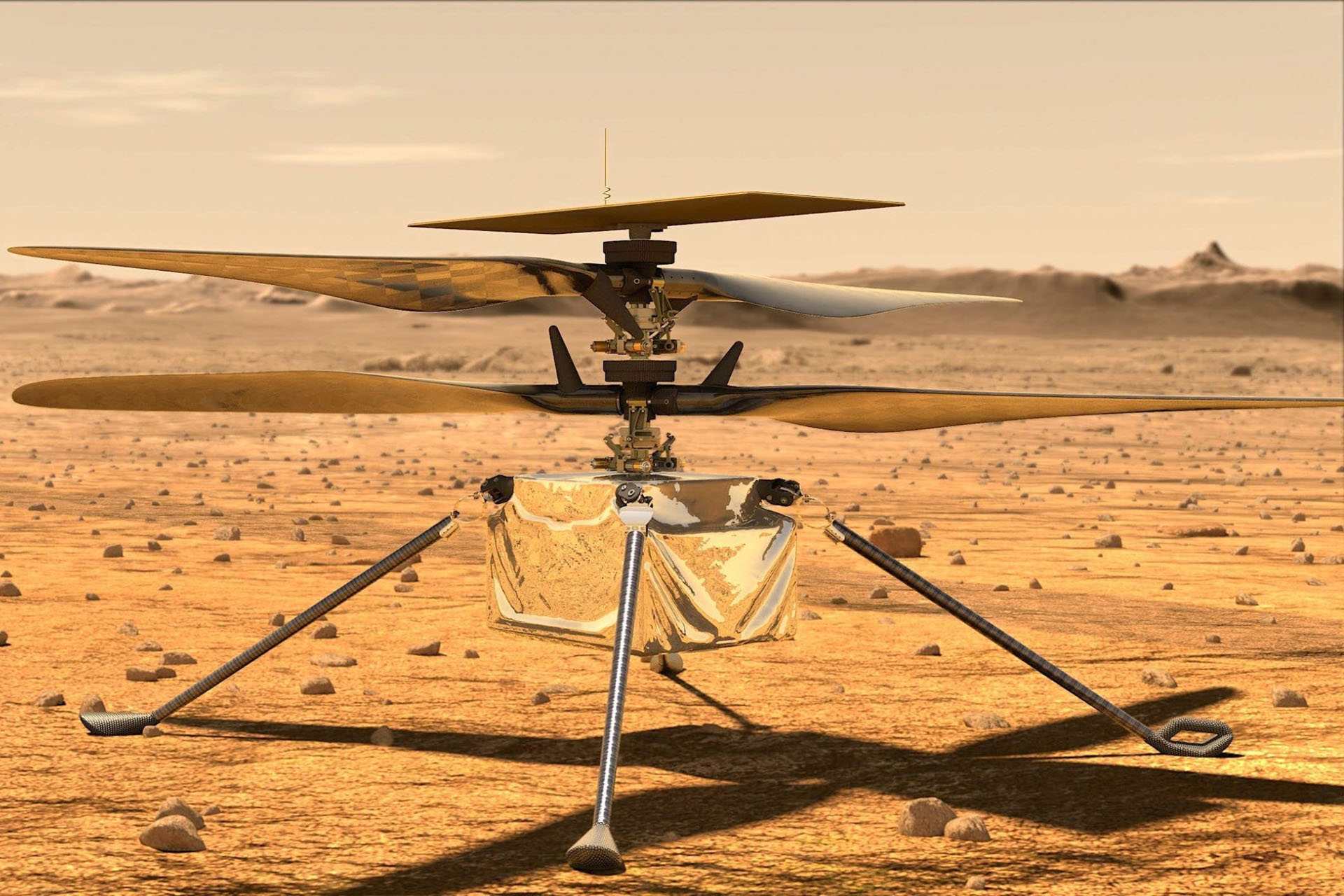

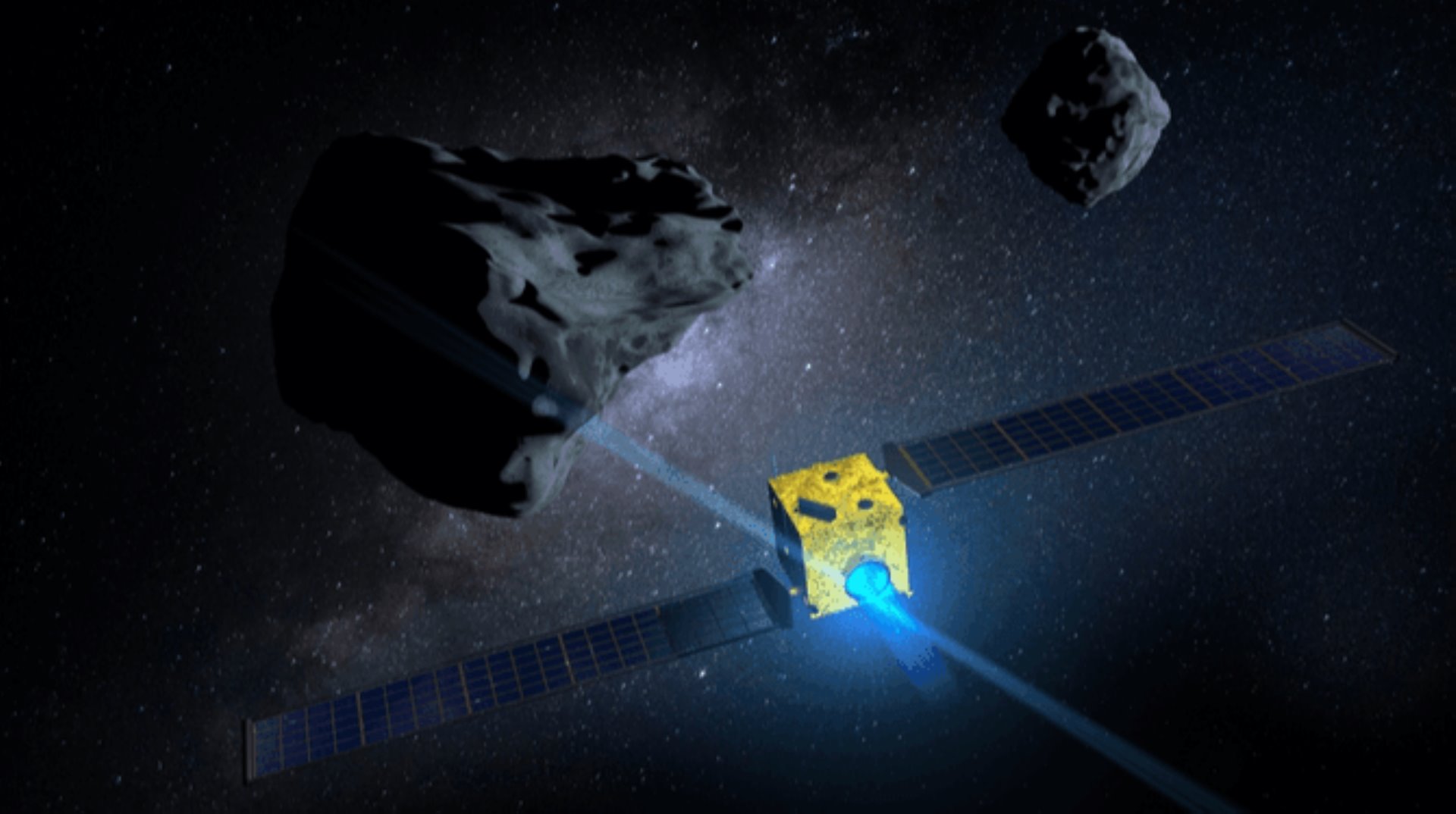

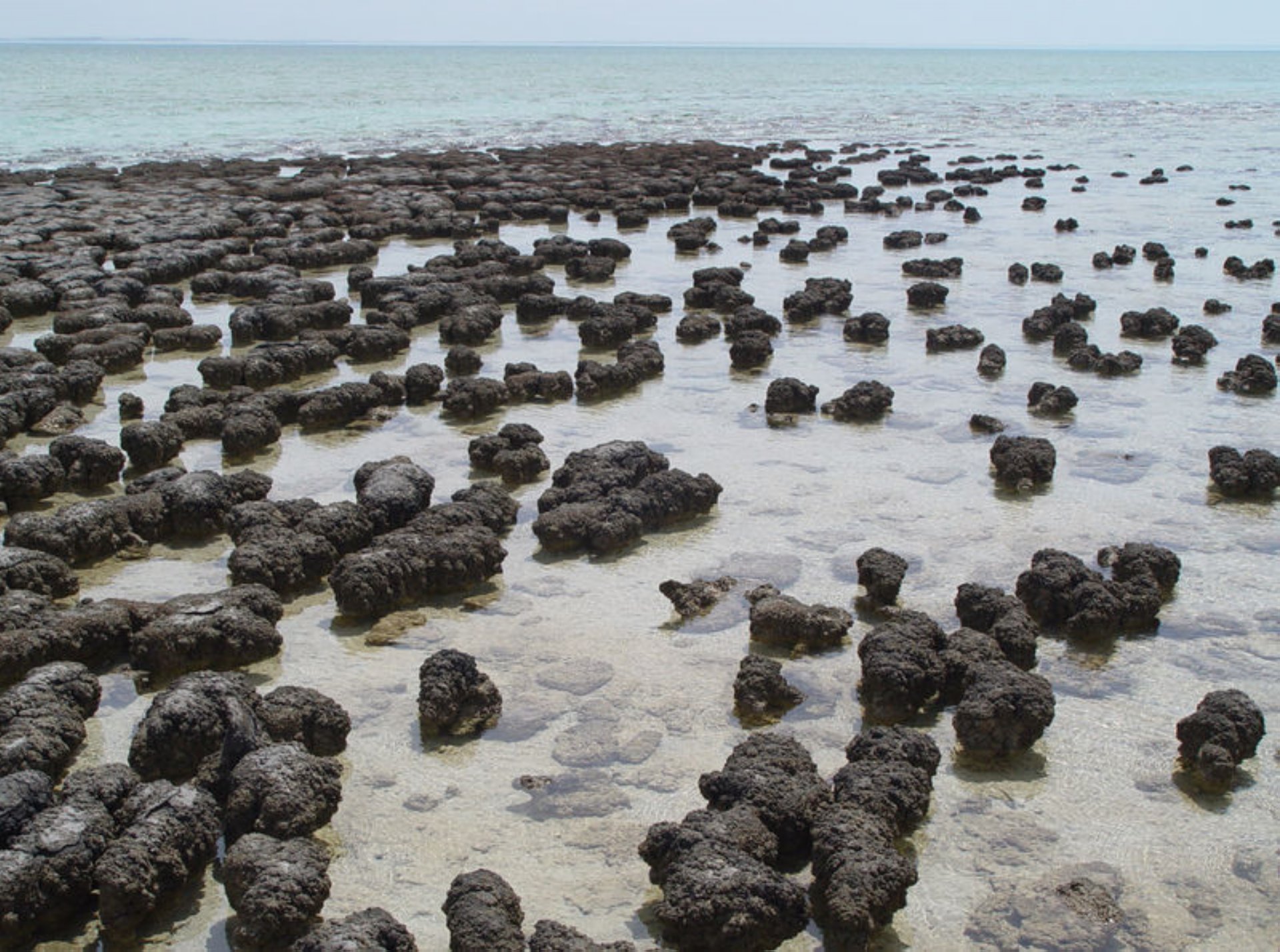
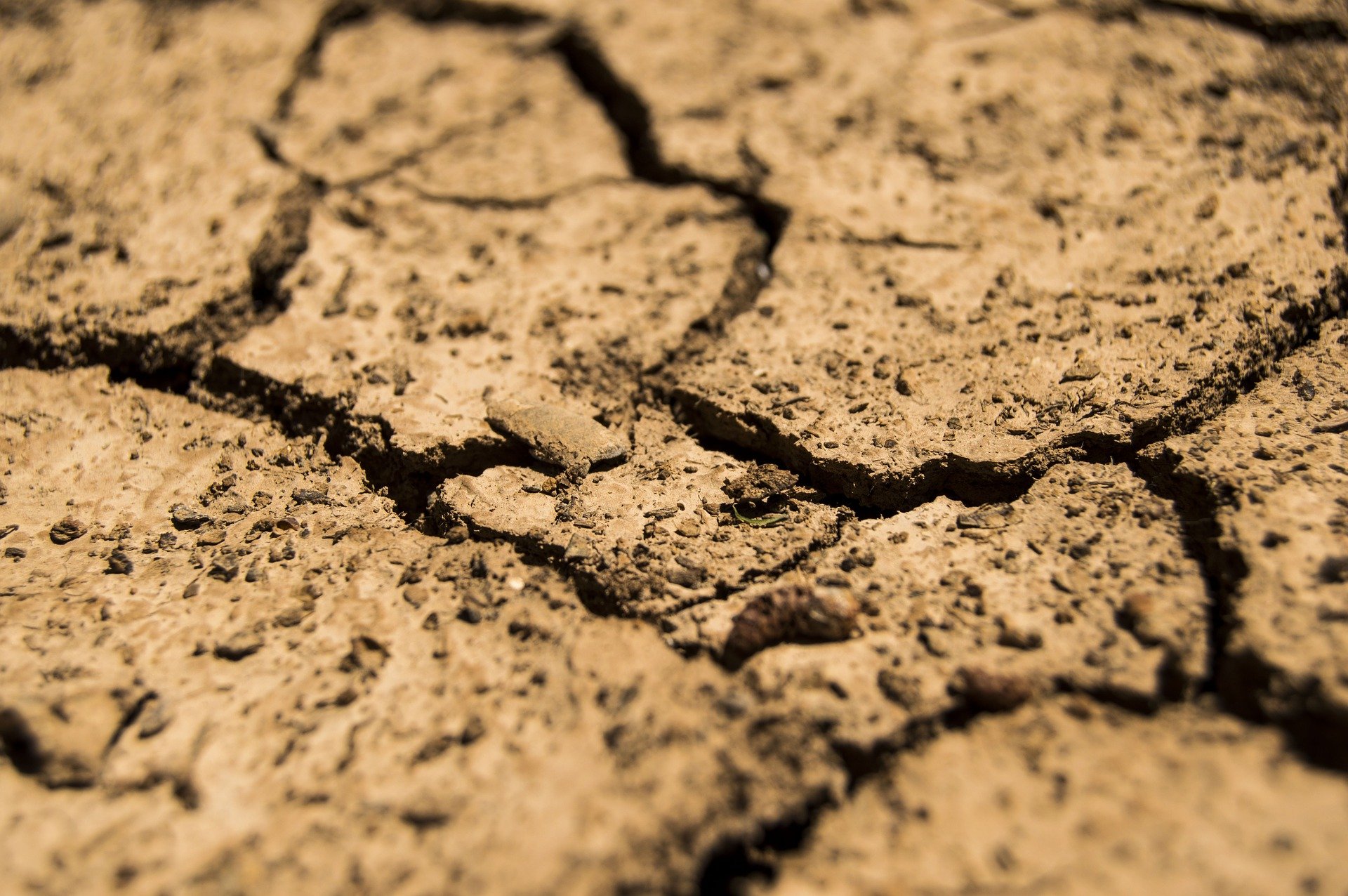
Comments